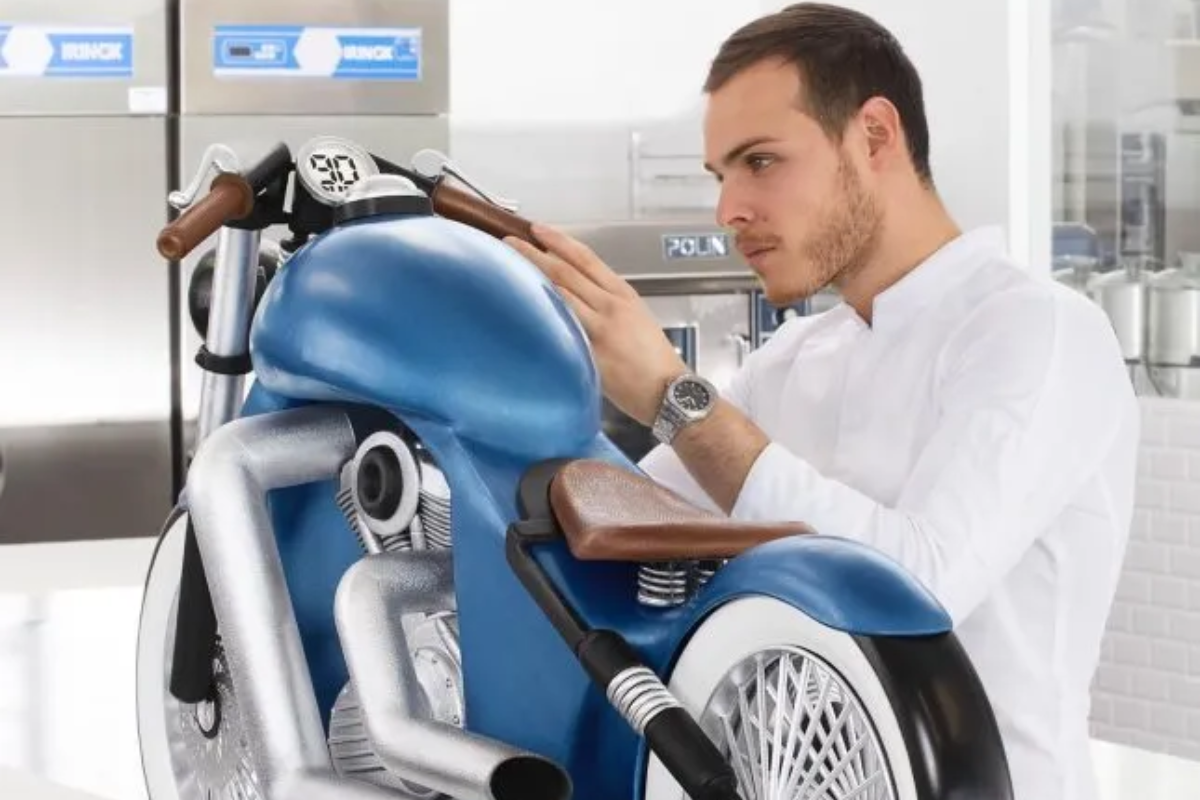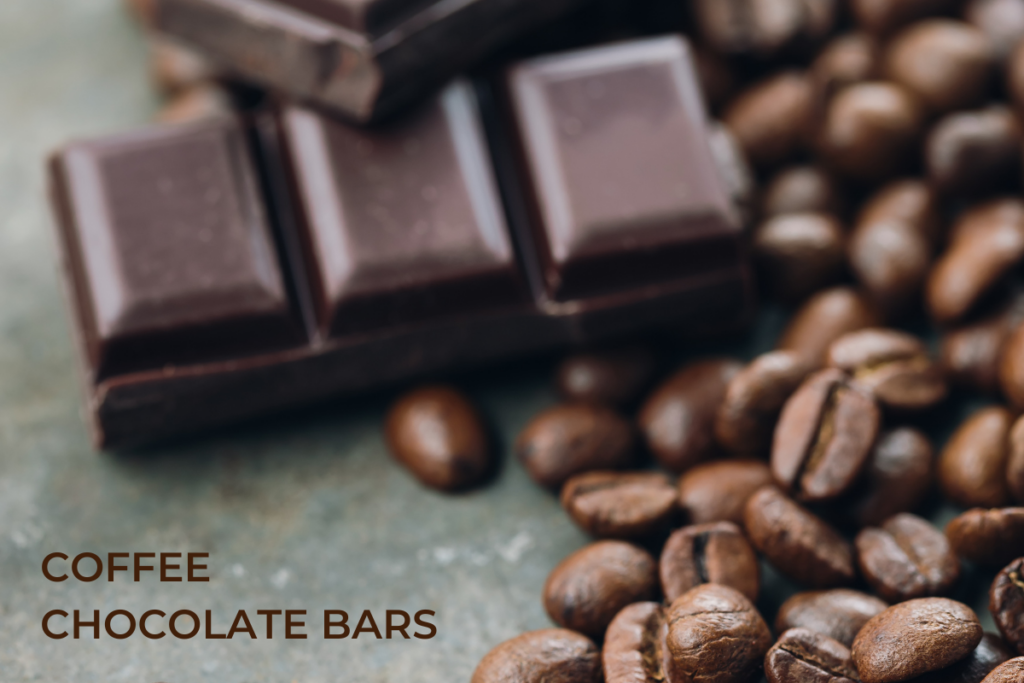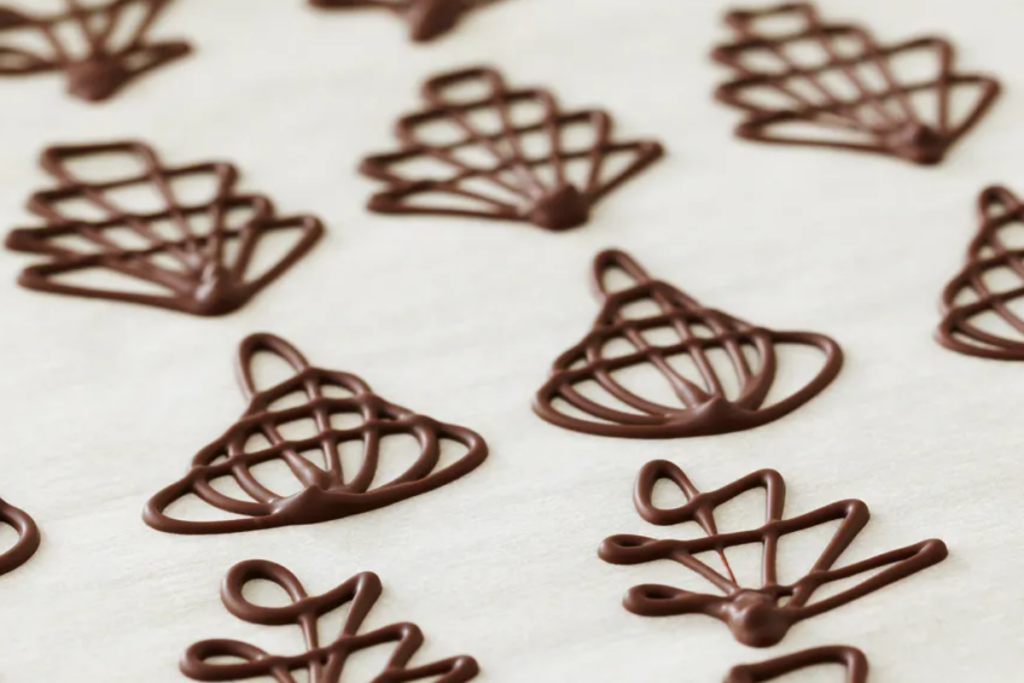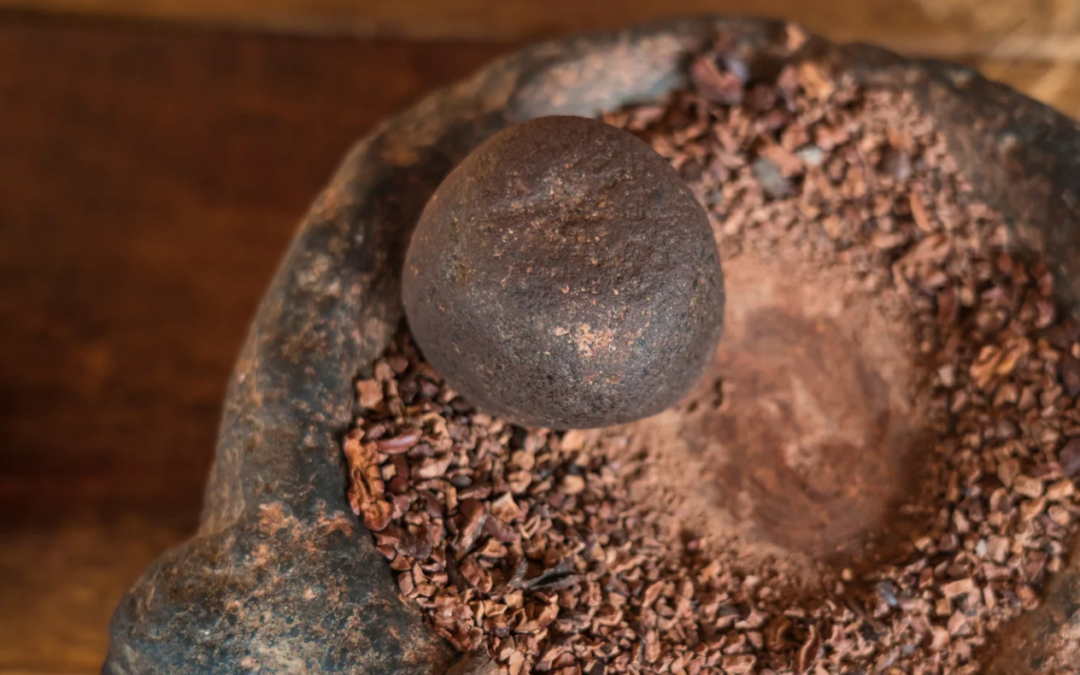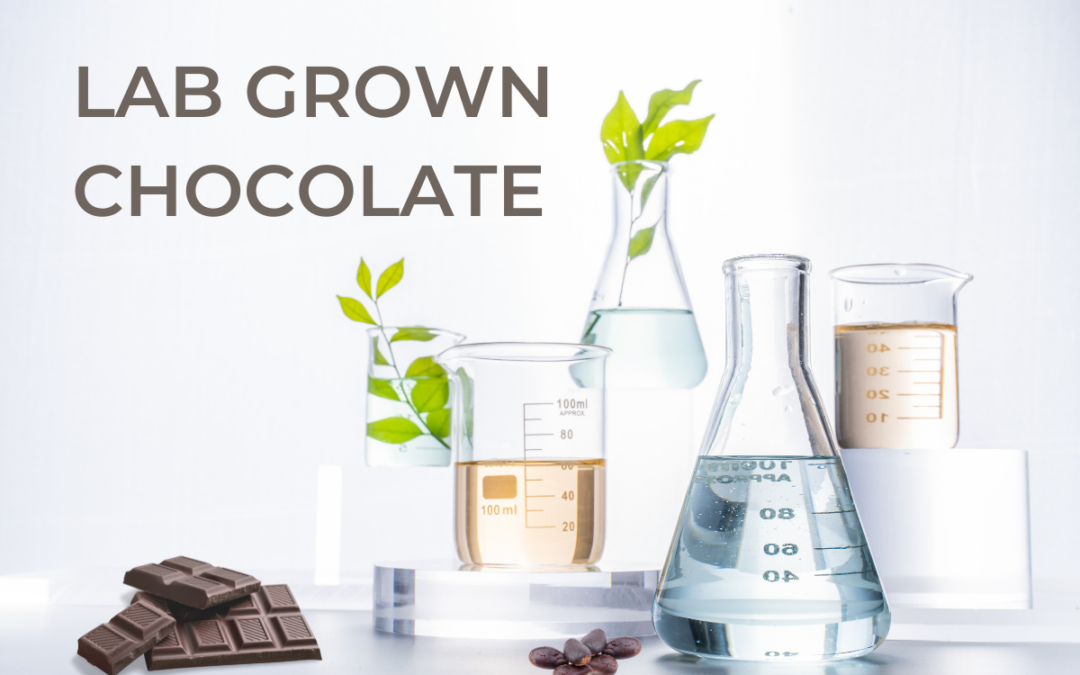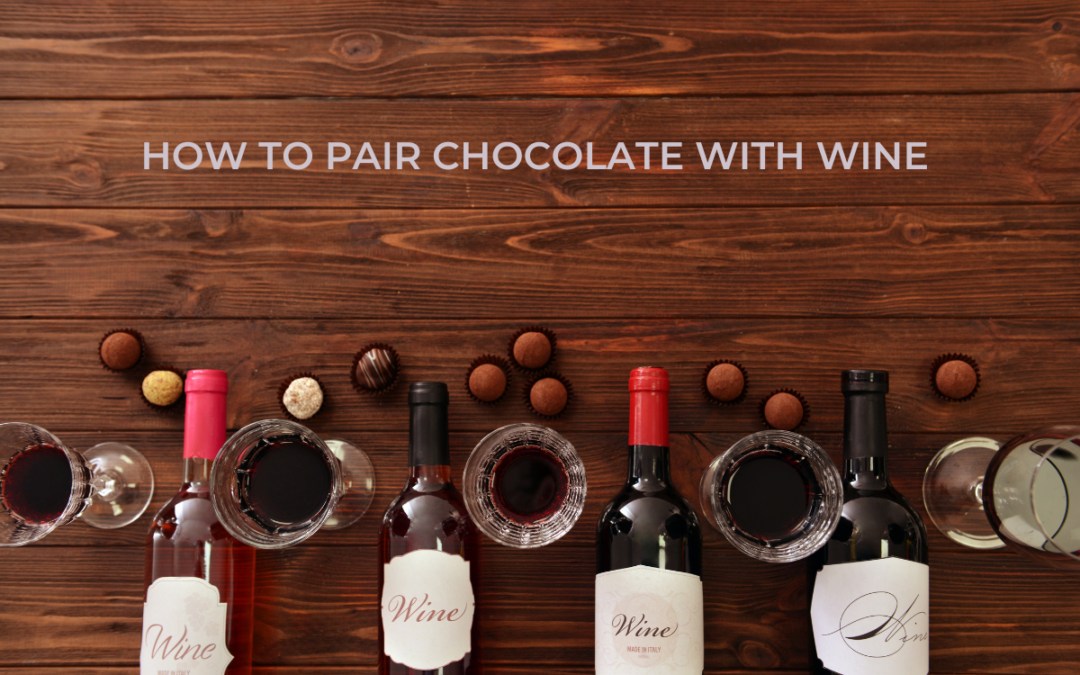We’ve mentioned Amaury Guichon in previous articles, but we just had to highlight him again in this one. He is, without a doubt, the undisputed master of turning chocolate into the most unexpected creations. From life-sized giraffes to Formula 1 race cars, his incredible work pushes the boundaries of what can be made out of chocolate. The possibilities are endless—, the sky’s the limit! Keep reading to discover all the amazing things you can make with chocolate—no exaggeration!
The art of chocolate sculpting
Chocolate sculpting is the art of crafting three-dimensional designs from chocolate, ranging from simple figurines to elaborate showpieces. Chocolatiers use techniques like molding, carving, modeling, and casting to shape their creations. Common in pastry competitions, luxury desserts, and artistic displays, chocolate sculptures require precise handling in controlled environments to prevent melting or cracking.
For our Nib On This podcast, CocoTerra had the pleasure of interviewing Lluc Crusellas, the talented Spanish chocolatier who won the World Chocolate Masters 2022—a prestigious competition held every three years that brings together the world’s top chocolatiers to showcase their skills and creativity.
Lluc claimed the Chocolate Master title by crafting an awe-inspiring, life-size elephant entirely out of chocolate.
In our podcast episode, he takes us through his incredible journey—from his humble beginnings in a family restaurant in the Spanish countryside to having his award-winning chocolate masterpiece displayed at Harrods in London.
Don’t miss this inspiring conversation—listen now!
Surprising everyday items made of chocolate
If you’re ever in Paris, don’t miss the chance to visit Cedric Grolet, a world-famous French pastry chef known for his stunning and carefully crafted desserts. He uses chocolate in creative and artistic ways to make his pastries truly unique.
Grolet is especially famous for his fruit-shaped desserts, where he skillfully molds and airbrushes chocolate to look just like real fruits—such as hazelnuts, lemons, and apples. The results are so realistic they can easily be mistaken for the real thing.
Many of his desserts feature delicate chocolate shells filled with rich, creamy centers, adding both crunch and flavor. These chocolate shells are often hand-painted or speckled with cocoa butter to enhance their beauty.
Using expert pastry techniques like tempering, sculpting, and airbrushing, Grolet turns chocolate into elegant and intricate designs. His famous “flower” pastries, with their thin, precisely arranged chocolate petals, are a perfect example of his edible art.
These days, chocolatiers and pastry chefs around the globe are constantly pushing the boundaries of chocolate artistry, finding new ways to incorporate it into global traditions and celebrations. With Easter just around the corner, Catalonia, Spain, is preparing for one of its sweetest traditions: the “Mona de Pascua.”
Renowned chefs like Oriol Balagué, Christian Escribà, and Joan Roca bring this tradition to life with stunning chocolate creations—especially their adorable, intricately crafted chocolate animal figures. Keep an eye on their Instagram accounts in the coming days to see their latest masterpieces!
How are these hyper-realistic chocolate creations made?
Before molding the chocolate, pastry chefs carefully plan their design by studying real objects, for example fruits or flowers. They analyze textures, colors, and details to make the final dessert as lifelike as possible.
To achieve a perfect replica, some chefs create custom silicone molds using real fruits or objects. For more intricate details, chocolate is hand-carved or shaped to refine its form.
To enhance realism, chefs airbrush cocoa butter mixed with natural food coloring onto the chocolate, adding shading, gradients, and textures that mimic the appearance of real fruit or other elements.
Can you eat them? Understanding edibility and shelf life
Yes, these stunning chocolate sculptures are completely edible! While they may look like intricate works of art, they’re made from high-quality, edible ingredients. However, there are a few things to keep in mind regarding their edibility and shelf life:
Edibility
Chocolate sculptures are crafted using premium chocolate, often with additional edible elements like cocoa butter, food-safe paints, and natural ingredients. All the materials used are safe to eat, and the sculptures are designed to be enjoyed both for their visual appeal and their delicious flavor.
Shelf Life
The shelf life of a chocolate sculpture depends on several factors:
- Type of Chocolate: Dark chocolate has a longer shelf life than milk or white chocolate, as it contains less milk and more cocoa, which helps it stay fresh longer.
- Storage Conditions: To keep the sculpture in the best condition, store it in a cool, dry place, away from direct sunlight, heat, and humidity. Ideal storage temperature is between 18-20°C (65-68°F).
- Fillings: If the sculpture contains fillings like ganache, mousse, or fresh fruit, it will have a much shorter shelf life. These fillings should be consumed within a few days and need to be refrigerated, which may affect the texture or appearance of the chocolate shell.
By following these tips, you can enjoy the beauty and flavor of these edible masterpieces!
Chocolate tools and gadgets
Chocolate sculpting requires specialized tools and gadgets to shape, carve, and refine intricate designs. Here are some of the most commonly used ones:
Basic tools:
- Spatulas & Scrapers – For spreading and smoothing chocolate
- Offset Palette Knives – Helps with precise spreading and lifting
- Bench Scrapers – Useful for cutting and handling chocolate sheets
Sculpting and carving tools:
- Chocolate Chisels & Knives – For carving solid chocolate blocks
- Modeling Tools – Small hand tools for fine details and textures
- Microplane Graters & Zesters – To create fine shavings and textures
Molding and shaping tools:
- Polycarbonate & Silicone Molds – For casting shapes and designs
- Acetate Sheets & Stencils – Used for creating delicate chocolate decorations
- Chocolate Thermoform Sheets – Custom mold-making for unique designs
Temperature and handling tools:
- Infrared Thermometer – Ensures precise chocolate tempering
- Heat Gun & Hairdryer – Used to soften chocolate for shaping
- Cooling Fans & Refrigerators – Helps set chocolate sculptures
- Freeze Spray – Helps set chocolate in specific areas
Advanced equipment:
- Airbrush Kit & Sprayer – For applying cocoa butter colors and finishes
- Chocolate 3D Printer – Creates intricate edible designs digitally
- Vacuum Chamber – Removes air bubbles in chocolate molds
For more great articles and recipes, check out the rest of our CocoTerra blog.
If you have any questions or comments, feel free to contact us through our social media channels. We are @cocoterra_co on Instagram and Pinterest and @cocoterraco on X (aka Twitter) and Facebook.

